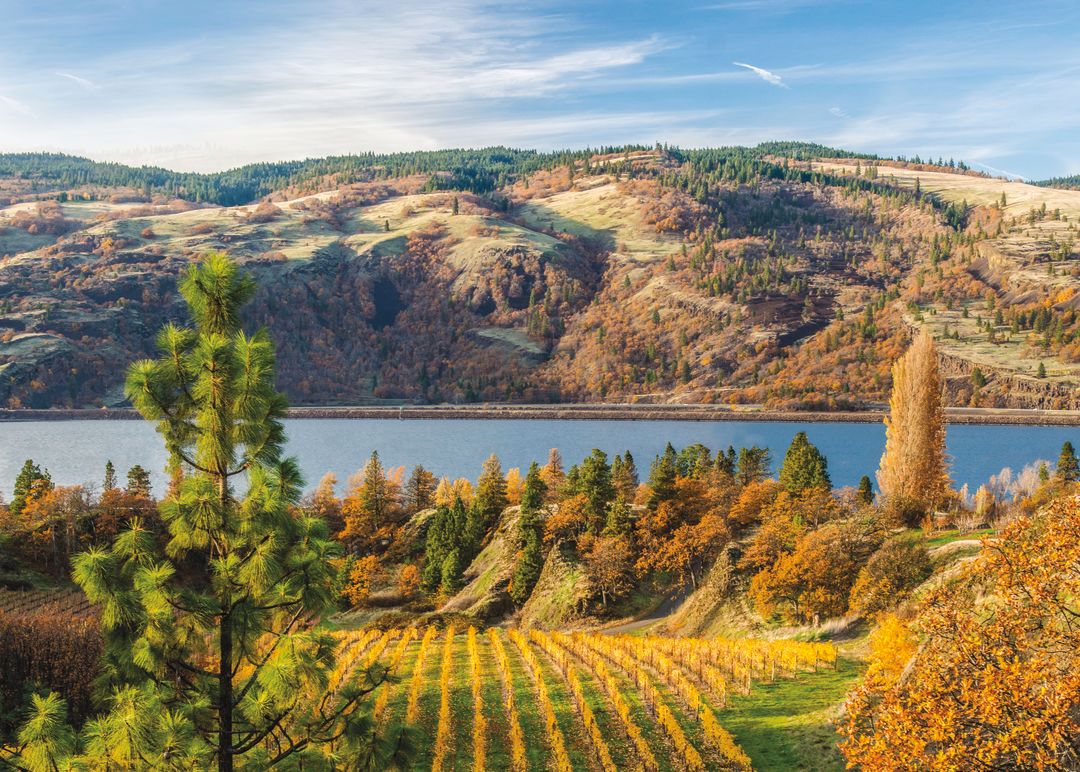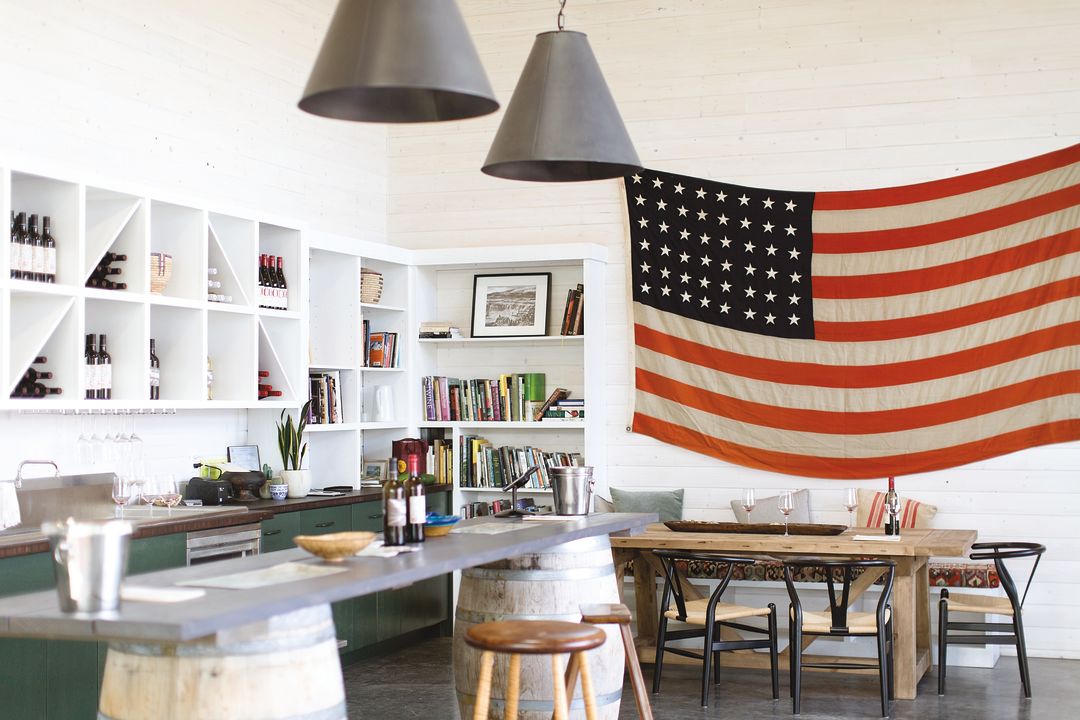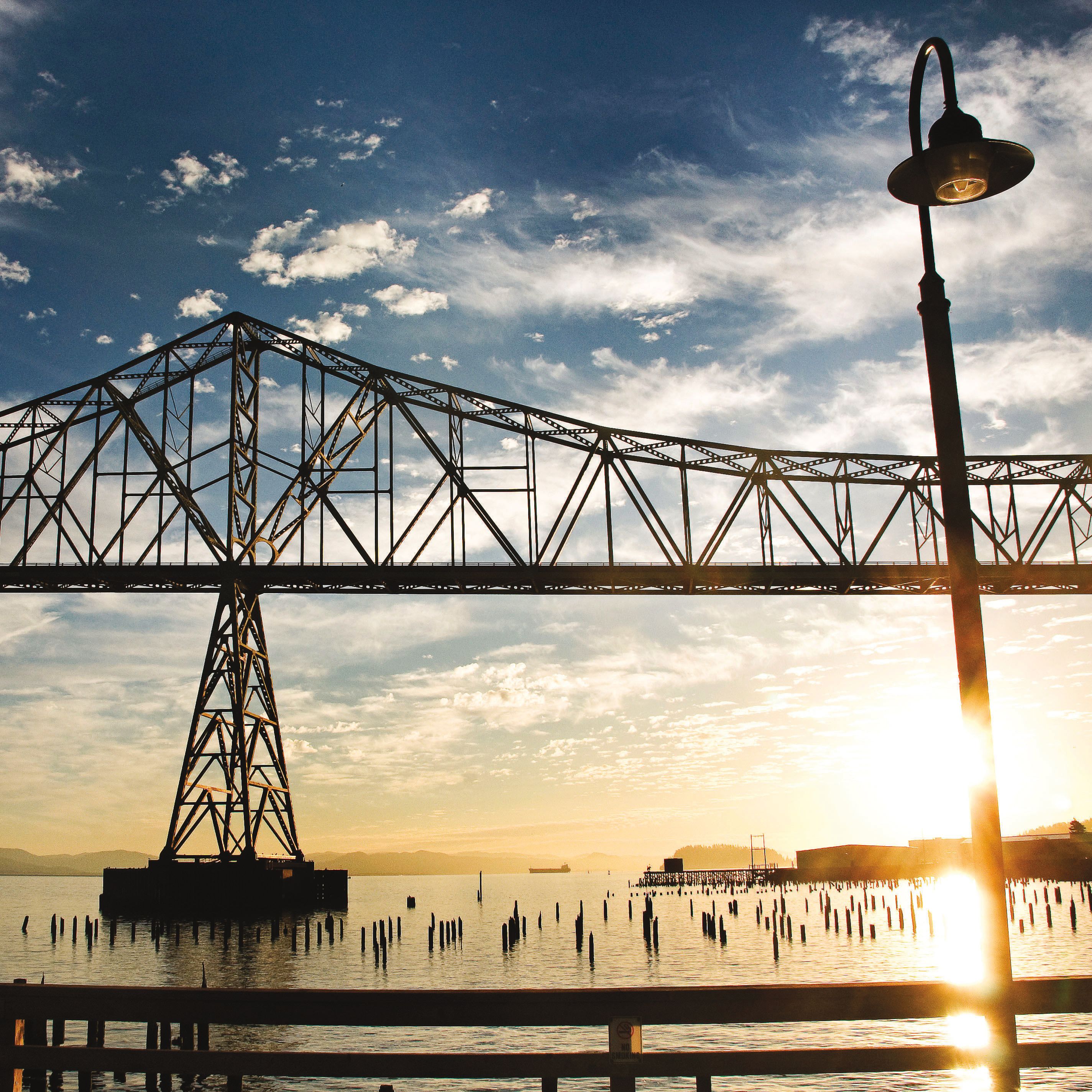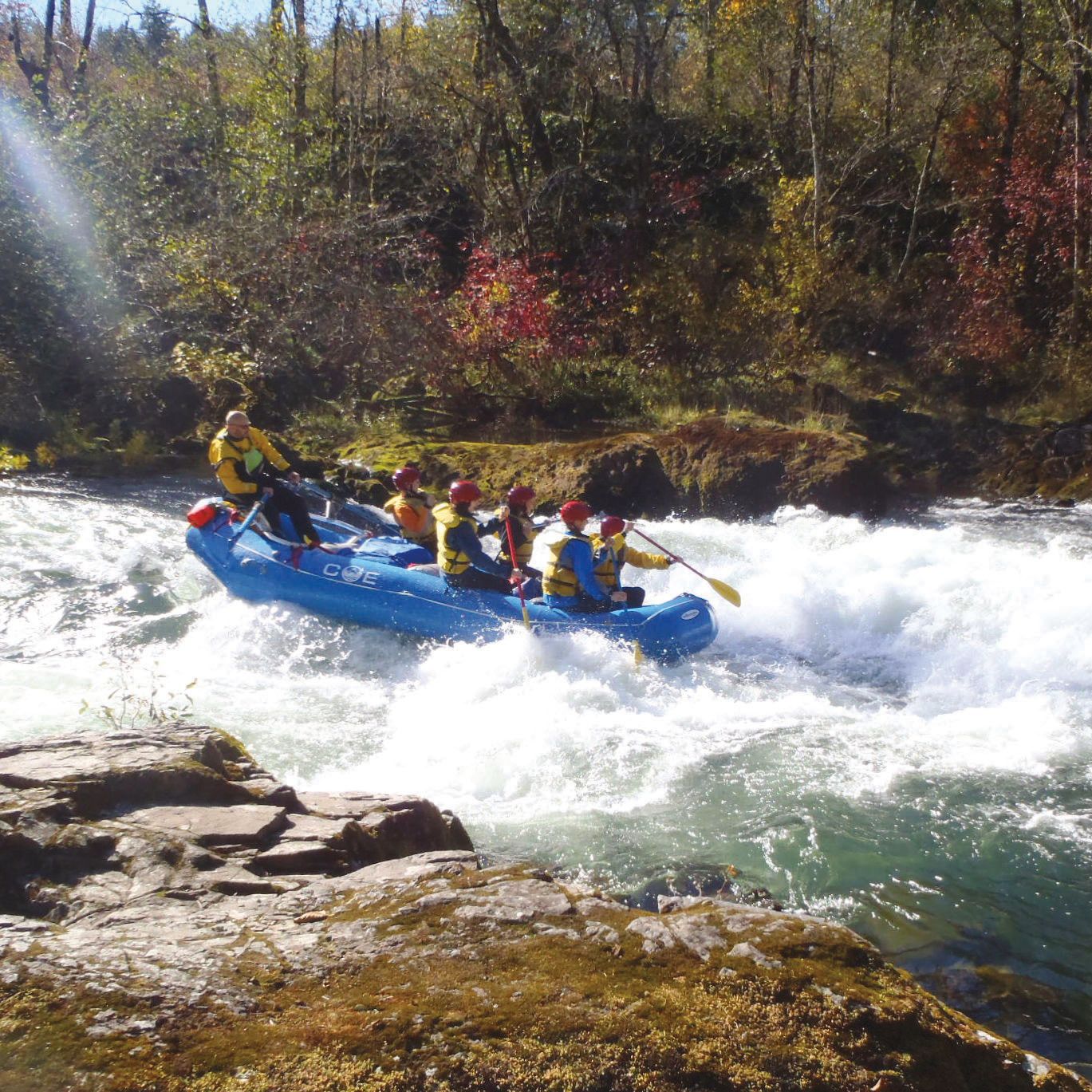Take a Fall Wine Trek through the Columbia Gorge

From Garnier Vineyards on the Oregon side of the Columbia Gorge AVA, a view across the Columbia River to the start of Old Highway 8 in Washington
Image: Courtesy David Lloyd
From the Rogue Valley to Dundee Hills, Oregon wine country is definitely on the global map—widely acclaimed and certainly well traveled. But for tippling road-trippers, discovery still awaits in the eastern Columbia Gorge, on sun-plated ridges in the rain shadow of two volcanoes.
Straddling the Columbia River beyond Washington’s Underwood Mountain and Oregon’s Hood River Valley, you’ll find the tiny Columbia Gorge AVA—a wine wonderland pocketed into a mere 40 square miles. Designated as an American viticultural area in 2004, more than 45 grape varieties grow here, nurtured by widely diverse soil types and microclimates, from lush forests to dry plateaus. But there’s more to the terroir here than fertile ground for albariño and zinfandel. Here in the foothills near Lyle, you’ll discover a window into wine country’s newest frontier and the deeper legacies of this region’s Native American history.
Itinerary

COR Cellars’ studied tasting room
Image: Courtesy COR Cellars
Your adventure begins 70 minutes from Portland, where Washington Route 14 meets the barely marked turnoff at Old Highway 8. A mile up—just past Rowland Lake—spot the black mailbox and trail markers that flag the path known (unofficially) as Indian Pits Trail. Here, after a gentle climb, a volcanic scree field opens up, dotted with man-made, nest-shaped foxholes. A questing site for Native American communities, this field offered isolation for youth to fast, meditate, and seek spiritual guidance in their transition to adulthood. Pause here yourself, as hawks wheel overhead in a roofless sky.
Now, on to more earthly pursuits. Travel two miles to the tasting room at Syncline Winery, complete with a hammock-lined picnic area and firepit amid lichen-tagged oak trees. James and Poppie Mantone’s winery, founded in 1999, offers Rhône-inspired wines, from the six-varietal Subduction Red to a rosé blend of cinsault, grenache, and carignan.
A mile-and-a-half east, find COR Cellars, whose airy new prairie-style tasting room boasts an imposing basalt fireplace. Nibble Ancient Heritage Dairy’s brie-like Adelle with soppressata while sipping winemaker Luke Bradford’s lusty Old Hwy Red or the Alsatian-inspired Alba COR, a blend of gewürztraminer and pinot gris.
Press on to Memaloose Winery, with its deck right on the Columbia River in Lyle. Savor a glass of crisp Idiot’s Grace sauvignon blanc with the view: kiteboarders dancing above the water like confetti; freight trains below, trundling along the banks.
Last stop is the new kid on the block: Tetrahedron Winery, pouring winemaker Kelly Johnson’s innovative quaffs. Cap the day with shuffleboard and a glass of charbono, a plummy red made from the eponymous rare Italian varietal, as the autumn sun slips behind the Cascades.
Getting There

Beacon Rock
Mile 42
East of Vancouver on WA 14, gawk at towering Beacon Rock—the basalt heart of an ancient volcano.
Mile 49
On your return trip, stop in Cascade Locks for fresh-caught salmon from tribal purveyors near the Bridge of the Gods. (You’ll need something to go with all that wine in your trunk.) Check the Columbia River Inter-Tribal Fish Commission website for hours, locations, and seasons.
Mile 79
Catherine Creek’s easy meadow walk is part of a trail network that connects with the Indian Pits Trail.
Mile 84
The Lyle Hotel offers haute-rustic fare—think pan-roasted crab cakes, braised lamb, a local wine list. Charmed by this renovated 1905 railroad inn? Book one of its nine quilt-bedecked guest rooms.
Mile 85
Worth a slight detour: Rhone-focused (and Demeter(R)-certified) vineyard Domaine Pouillon.
Alternate Adventure
Wine isn’t the only reason to head east; while Portland catches cold (and rain), Columbia Hills Historical State Park’s wind-swept buttes still bask in sun. Just across The Dalles Bridge on WA 14, find climbing, birding, and miles of hiking, including the new Crawford Oaks Trail—along with protected petroglyphs that speak to the park’s cultural importance.





